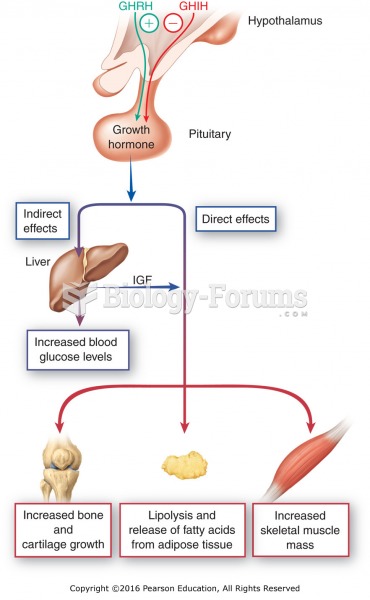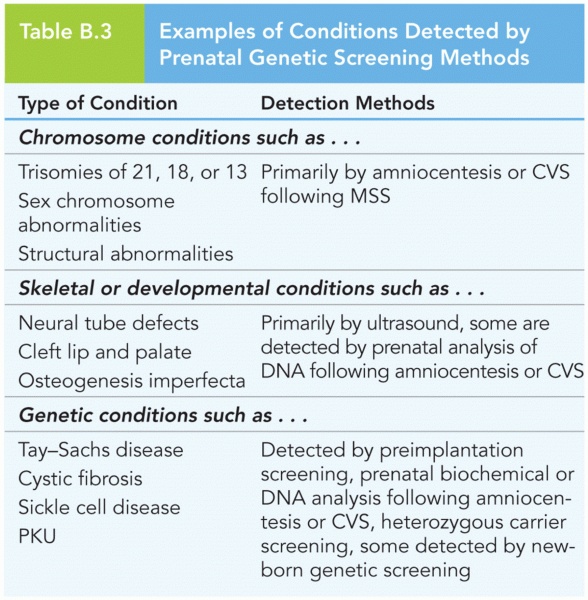|
|
|
The Romans did not use numerals to indicate fractions but instead used words to indicate parts of a whole.
People with alcoholism are at a much greater risk of malnutrition than are other people and usually exhibit low levels of most vitamins (especially folic acid). This is because alcohol often takes the place of 50% of their daily intake of calories, with little nutritional value contained in it.
Cutaneous mucormycosis is a rare fungal infection that has been fatal in at least 29% of cases, and in as many as 83% of cases, depending on the patient's health prior to infection. It has occurred often after natural disasters such as tornados, and early treatment is essential.
In the United States, there is a birth every 8 seconds, according to the U.S. Census Bureau's Population Clock.
Medication errors are three times higher among children and infants than with adults.







